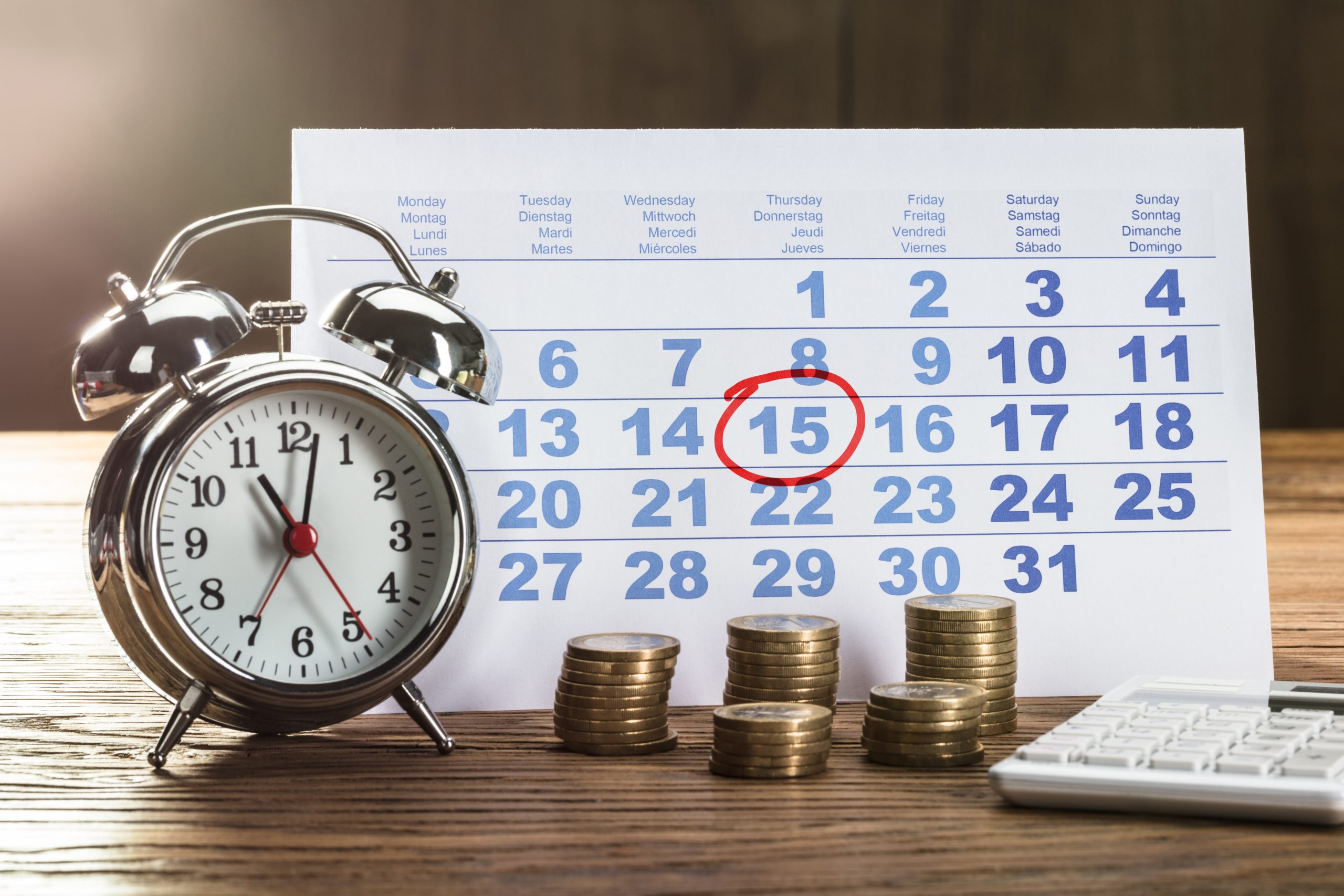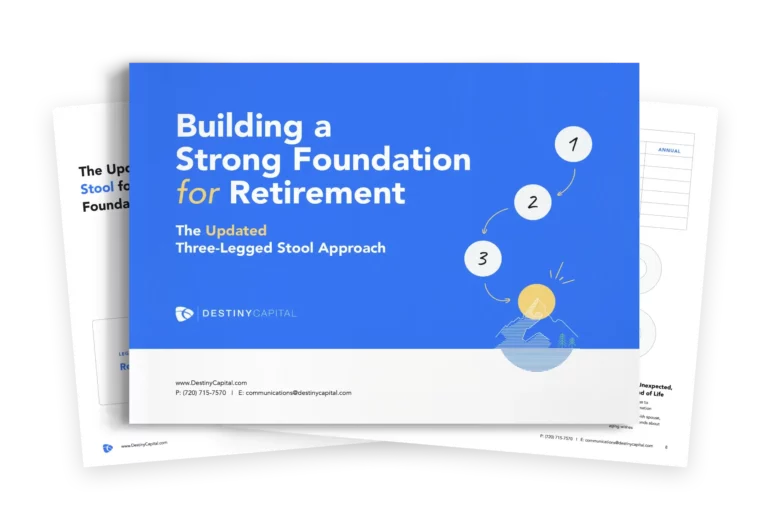
What Are Quarterly Estimated Taxes and Why Do I Owe Them?
Most people pay their income taxes during their earning years through a regular payroll deduction. Our good friends FICA, FICA-Med, Fed, and State all take their cut right off the top and we get the net pay deposited into our bank account. If you calculate your dependents and/or withholding correctly, you usually end up pretty close to the correct amount of taxes in total at the end of the year. But if you find yourself paying quarterly estimated taxes for the first time or for the first time in a while, it can be a bit confusing.
Most often you end up owing estimated taxes because you owed more than $1,000 in federal taxes when filing your prior year return. Mainly, the IRS wants to make sure that you are paying on time and not building a significant tax liability that you might not be able to pay in one lump sum for the next year. The most common reasons that people end up needing to pay quarterly when they haven’t previously or in a few years is a jump in income or changes in withholding amounts on regular income.
Before we get into how and when to pay your estimated taxes, let’s go over the rules that allow you not to pay. If your income is below $150,000, you need to pay either 90% of your tax bill or 100% of your prior year tax bill. If your income is above $150,000, you need to pay either 90% of your tax bill or 110% of your prior year tax bill. So an easy rule of thumb, especially if your income has jumped or you expect it to, is to pay at least 110% of what you paid last year through regular payroll deductions and/or periodic payments you send directly to the IRS. If your total federal tax bill for the prior tax year were $50,000, you would need to pay $55,000 throughout the current year to make sure that you do not end up needing to pay estimated taxes or worse, end up with penalties for not paying enough during the year.
Now back to how to pay your quarterlies if you do end up needing to make them. The IRS seems to love making things more complicated than they need to be and the payment periods are no exception. Payment number one covers January 1-March 31, the standard three months. However, the next period covers April 1 to May 31, only two months. Period number three goes back to three months and covers June 1 to August 31, and the fourth period covers the final four months of the year. This means that the payments are due April 15, June 15, September 15, and January 15 of the following year. Your CPA or tax preparation software should generate the payment voucher for you to use to submit your payments. Make sure to keep records of the amount and dates that the payments are made to speed up gathering documentation for your return the next year.
Have any questions? We’re here to help!
{{cta(‘b98204c7-0e0e-4d3b-895d-e54ef00e4f97’)}}




